
Banacek is an American detective television series starring George Peppard that aired on NBC from 1972 to 1974. The series was part of the rotating NBC Wednesday Mystery Movie anthology. It alternated in its time slot with several other shows, but was the only one of them to last beyond its first season.
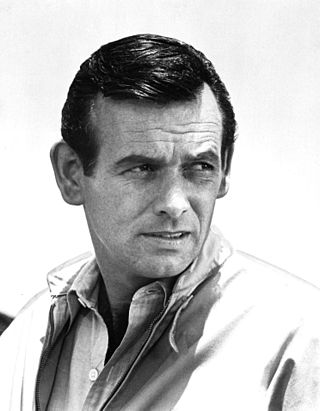
David Janssen was an American film and television actor who is best known for his starring role as Richard Kimble in the television series The Fugitive (1963–1967). Janssen also had the title roles in three other series: Richard Diamond, Private Detective; O'Hara, U.S. Treasury; and Harry O.

George Peppard was an American actor. He secured a major role as struggling writer Paul Varjak when he starred alongside Audrey Hepburn in Breakfast at Tiffany's (1961), and later portrayed a character based on Howard Hughes in The Carpetbaggers (1964). On television, he played the title role of millionaire insurance investigator and sleuth Thomas Banacek in the early-1970s mystery series Banacek. He played Col. John "Hannibal" Smith, the cigar-smoking leader of a renegade commando squad in the 1980s action television series The A-Team.

Harold Eugene "Hal" Roach Sr. was an American film and television producer, director and screenwriter, who was the founder of the namesake Hal Roach Studios.

Victor John Mature was an American stage, film, and television actor who was a leading man in Hollywood during the 1940s and 1950s. His best known film roles include One Million B.C. (1940), My Darling Clementine (1946), Kiss of Death (1947), Samson and Delilah (1949), and The Robe (1953). He also appeared in many musicals opposite such stars as Rita Hayworth and Betty Grable.
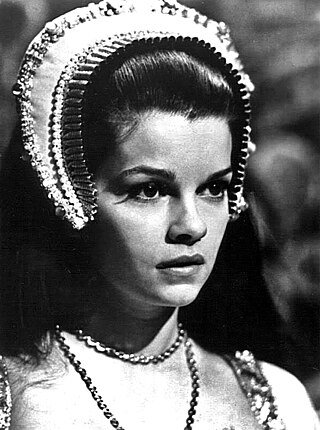
Geneviève Bujold is a Canadian actress. For her portrayal of Anne Boleyn in the period drama film Anne of the Thousand Days (1969), Bujold received a nomination for the Academy Award for Best Actress. Her other film credits include The Trojan Women (1971), Earthquake (1974), Obsession (1976), Coma (1978), Murder by Decree (1979), Tightrope (1984), Choose Me (1984), Dead Ringers (1988), The House of Yes (1997), and Still Mine (2012).
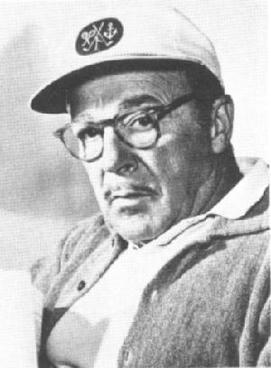
Gordon Douglas Brickner was an American film director and actor, who directed many different genres of films over the course of a five-decade career in motion pictures.
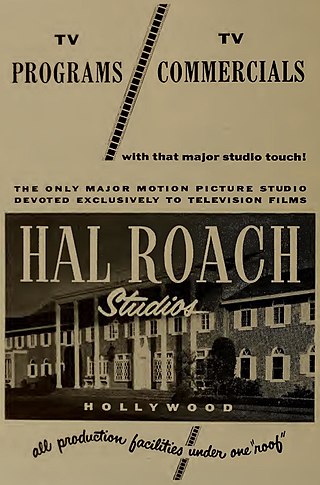
Hal Roach Studios was an American motion picture and, through its TV production subsidiary, Hal Roach Television Corporation, television production studio. Known as The Laugh Factory to the World, it was founded by producer Hal Roach and business partners Dan Linthicum and I.H. Nance as the Rolin Film Company on July 23, 1914. The studio lot, at 8822 Washington Boulevard in Culver City, California, United States, was built in 1920, at which time Rolin was renamed to Hal E. Roach Studios. The first series in Hal Roach Studios were the Willie Work comedies, with first short being Willie Runs the Park.

Michael Sarrazin was a Canadian actor. His most notable film was They Shoot Horses, Don't They?.
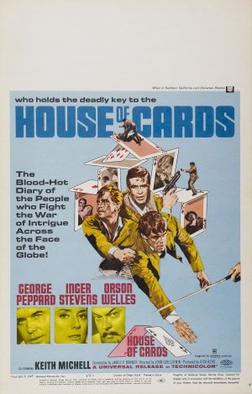
House of Cards is a 1968 American neo-noir crime film directed by John Guillermin and starring George Peppard, Inger Stevens, and Orson Welles. Filmed in France and Italy, it marked the third time that Peppard and Guillermin worked together.
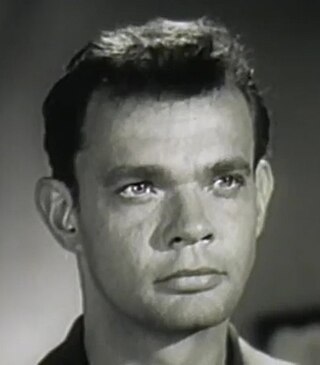
Ernest Lamont Johnson Jr. was an American actor and film director who appeared in and directed many television shows and movies. He won two Emmy Awards.

Harold Eugene Roach Jr. was an American film and television producer.

P.J. is a 1968 American neo-noir mystery film directed by John Guillermin and starring George Peppard.
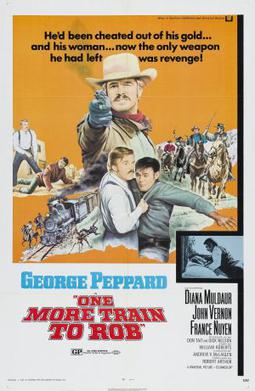
One More Train to Rob is a 1971 American comedy western film directed by Andrew McLaglen, starring George Peppard, and featuring Diana Muldaur, John Vernon and France Nuyen.

Christine Belford is an American former television and film actress. She has sometimes been credited as Christina Belford.
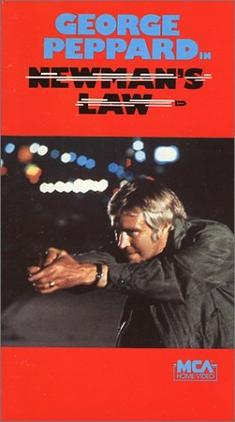
Newman's Law is a 1974 American crime film directed by Richard T. Heffron and starring George Peppard.
Barry Cahill was a Canadian-born American film, theater and television actor, whose professional career spanned more than fifty years. His film credits included Grand Theft Auto, and Sweet Bird of Youth. His television roles included The Travels of Jaimie McPheeters, The Young and the Restless, Dynasty, and Santa Barbara.

Invisible Invaders is a 1959 American science fiction film starring John Agar, Jean Byron, John Carradine and Philip Tonge. It was produced by Robert E. Kent, directed by Edward L. Cahn and written by Samuel Newman.

Man Against the Mob is a 1988 NBC television movie directed by Steven Hilliard Stern, starring George Peppard, Kathryn Harrold and Max Gail. Man Against the Mob is a precursor of the 2013 theatrical feature Gangster Squad, in that it deals with the post-war formation of a special LAPD unit set up to suppress Organized Crime in Los Angeles. It may have been inspired by the success of the 1987 theatrical feature The Untouchables, a period drama which also depicted an elite law enforcement unit pitted against mobsters. This was designed around the actor George Peppard as a tough LA cop in the late 1940s. A December 10, 1989 NBC-TV movie follow-up, Man Against the Mob: The Chinatown Murders, is a sequel that also stars Peppard, reuniting him with his co-star from The Blue Max, Ursula Andress. The first movie was a pilot of a proposed NBC series entitled City of Angels but ended up panning out as only the two TV movies before George Peppard died in 1994.
Saint Joan is a 1967 American TV film adaptation of the 1923 George Bernard Shaw play Saint Joan for the Hallmark Hall of Fame. It was directed by George Schaefer.


















